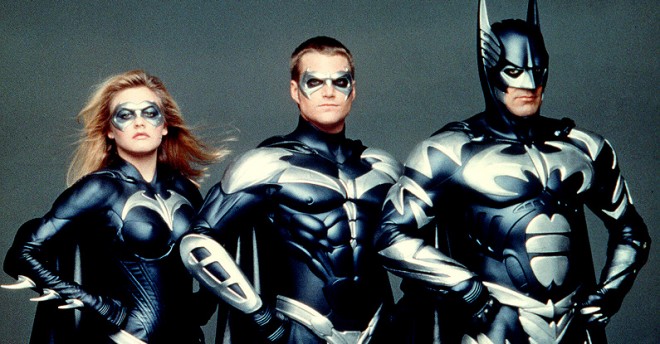
Lest people forget, moviemaking is a business at the end of the day, and striking gold is like catching lightning in a celluloid bottle. As a result, movie execs and studio heads will often head back to the box office bowl looking to double dip – this is where sequels come in.
Rarely are follow-ups to classic films comparable, and those that are (The Empire Strikes Back, The Dark Knight) arrive so few and far between that it’s become easier to name successes over failures. For every gem like The Godfather Part II, there’s a hundred duds like Mad Max Beyond Thunderdome.
So what separates the good sequels from the truly awful ones? The director, the story, perhaps? Given the mile long track record of diminishing return trips, it should be easy to spot the flaws. But the ten movies on this list fail to capture the magic of their predecessors so spectacularly that simple mockery isn’t enough.
These franchise victims demand an autopsy to identify the cause of death. And while there are plenty of other laughable sequels out there (Leprechaun 2, Anaconda 2), this list will focus strictly on follow-ups to revered projects. Luckily for Star Wars, The Phantom Menace is technically a prequel.
10. Indiana Jones & The Kingdom of the Crystal Skull (2008)
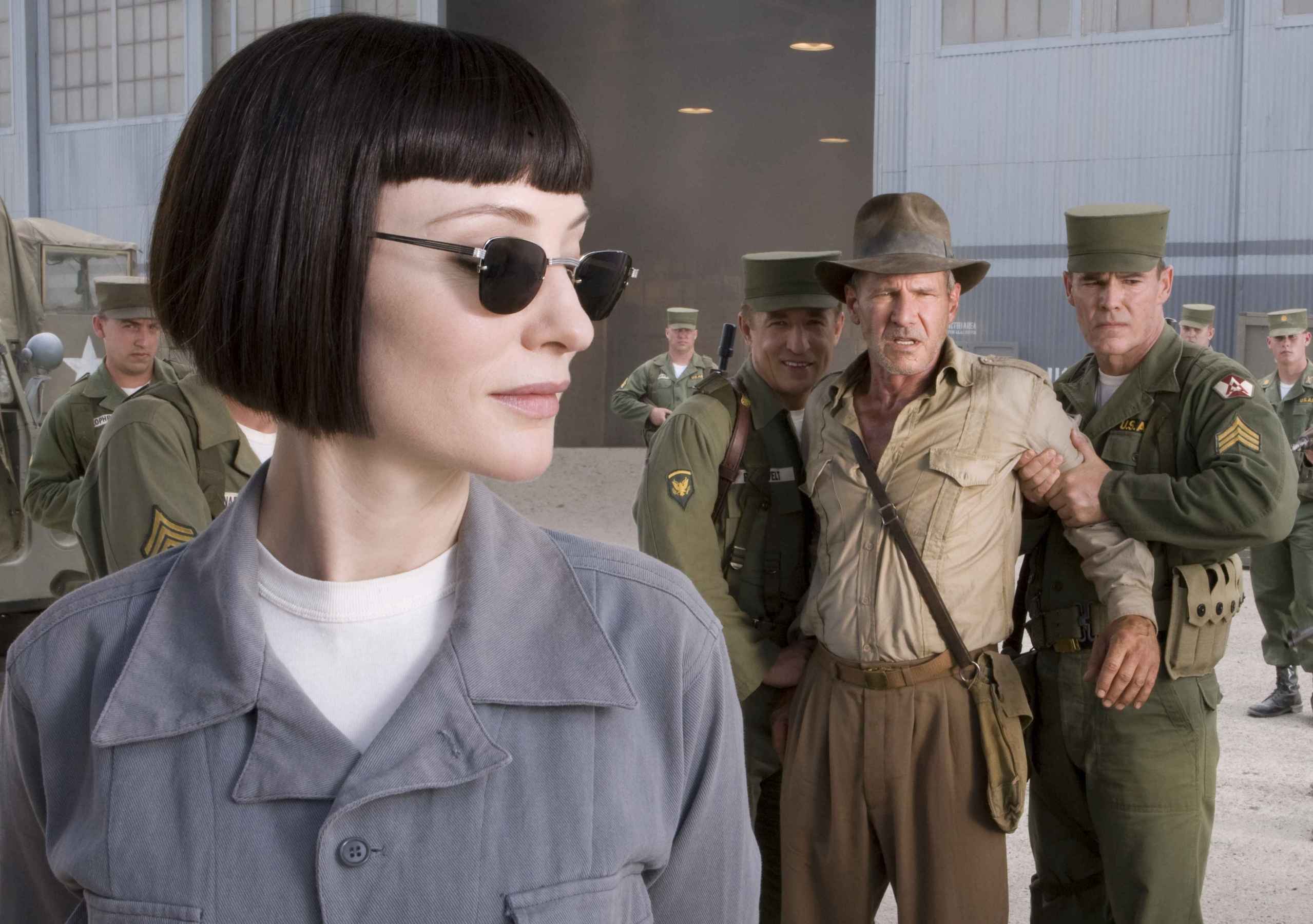
Even with his space saga skillfully dodging inclusion on the list, George Lucas wasn’t able to escape the wrath of this fourth Indiana Jones installment.
Reuniting with director Steven Spielberg, the anticipation behind Kingdom of the Crystal Skull was a perfect mixture of anticipation and understanding nostalgia – people just wanted to see the world’s greatest archeologist in action once more. Something comparable to even Indiana Jones & The Temple of Doom (1984) would’ve done the trick beautifully, but creator Lucas instead fumbles any chance of resurrection with a story that oozes laziness.
Swapping 1930’s adventure serials with 1950’s science fiction, the film finds an elder Indiana (Harrison Ford) battling Soviet agents in the pursuit of an ancient alien. It seems logical enough, given the time gap since we last saw Dr. Jones, but Lucas and screenwriter David Koepp seemingly miss everything that made the character endearing in the first place.
The wry sense of humor that recalled the best of Howard Hawks in the originals are exchanged for cornball exposition, while the characters often convey less depth than the CGI backgrounds. The return of Marion Ravenwood (Karen Allen) was anything if not awkward, topped only by the faux friendship between Indy and irritating weasel Mac (Ray Winstone).
Spielberg, returning to the family genre he once dominated, completely misses the mark as well. The previously mentioned visual effects are amateur at best, succeeding only in breaking up the continuity of the trilogy, while the father-son relationship with Mutt Williams (Shia LaBeouf) is insincerity in its finest form.
It’s sad to see two legends of cinema get back in the saddle and promptly fall off, but that’s exactly what Lucas and Spielberg do here. Out of respect for the first three, it’s best to believe Indy rode his horse off into the sunset during The Last Crusade (1989), instead of being creatively trampled by it three decades later.
Defining Terrible Moment: Mutt Williams swings through a CGI forest with monkeys that make Planet of The Apes look like National Geographic.
9. Rocky V (1990)
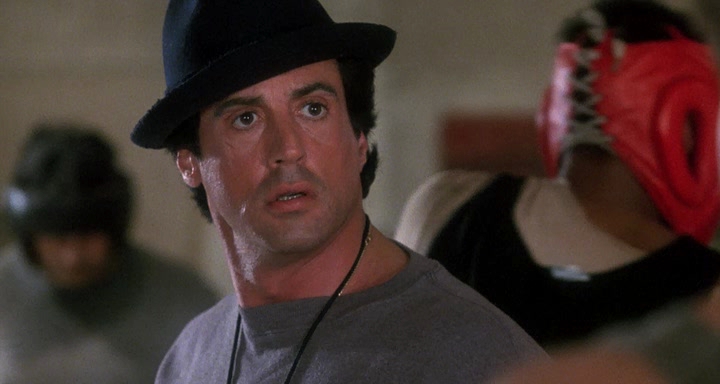
Rocky IV was a massive box office hit in 1985, turning the one time Philadelphia underdog into a glistening American embodiment of democracy. But the critical response was less than stellar, as many found the realism that made the first film a classic to be sorely lacking.
As a result, series creator and star Sylvester Stallone brought back John G. Avildsen, the director of the original, to restore a much needed dose of grit and good old fashioned human drama. Unfortunately, “good” turned out to be the last word on anyone’s mind when Rocky V finally hit theaters in 1990.
Within the first few minutes, Balboa (Stallone) has irreversible brain damage and an empty bank account that forces him to move back to Philly with Adrian (Talia Shire), Paulie (Burt Young), and his son Robert, Jr. (Sage Stallone). Between warding off a bloodthirsty boxing promoter (George Gant) and training bad seed Tommy Gunn (Tommy Morrison), the film plants its feet in a quicksand of sappy melodrama that elicits tears of boredom instead of emotion.
Balboa, a character who always charmed the hearts of millions through his naive sincerity, comes close to irritatingly dumb when he ignores his family in favor of wise-ass punk Tommy. And regardless of whose grandson he is, Morrison is a terrible actor who single-handedly lowers the quality of an already poor script.
Avildsen, who so thoroughly created a world of low class romanticism in the first Rocky, directs as if he’s nodding off behind the camera. The bickering between Adrian and Rocky, the painfully unimportant father-son dynamic, and Rocky’s own mental battles wouldn’t feel out of place on a weekly soap opera, especially with a conclusion that redefines the word “anticlimactic.”
The only lining of silver in this franchise flop is that it opened up possibilities for the 2006 curtain call Rocky Balboa and recent spin-off Creed (2015), which showed what it would be like if Rocky trained an actual fighter.
Defining Terrible Moment: Promoter George Washington Duke goads Tommy Gunn into selling Rocky out for a big payday. Rarely has such an intense scene been dominated by two less interesting characters.
8. The Hangover III (2013)
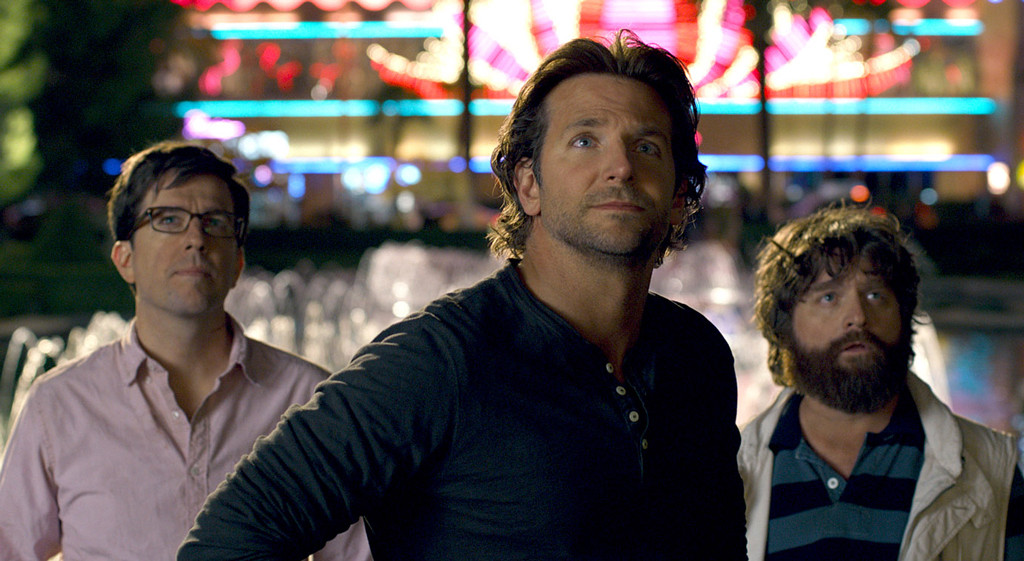
The Hangover III should get some sort of award as the least funny mainstream comedy in recent memory. It’s almost confusing how a franchise constructed on such hilarity managed to throw a wet blanket over anything resembling humor – but that’s exactly what director Todd Phillips managed to do.
This time, Phil (Bradley Cooper), Stu (Ed Helms), and Alan (Zach Galifianakis) aren’t even the victims of a memory lapsing hangover, but of kidnapping and aiding international criminal Leslie Chow (Ken Jeong). In most cases, changing up a predictable formula would be commendable, but Phillips and company painfully showcase what horrors can occur without the safety net of a gimmick.
For starters, as was the case in the previous installment, each character sufficiently wears out their welcome, from frenzied fussbudget Stu to the once hilarious metrosexual rants of Chow. But even with these parts amounting to nothing more than a cinematic fly on a forehead, the real abomination is Zach Galifianakis as irredeemable man-child Alan Garner.
Though an arrogant jerk from the get-go, Alan was oddly charming in the original film, sort of a mean man’s Chris Farley, before completely sliding off the deep end into unexpected narcissism. That he’s the sole cause of every unfunny situation in III makes him despicable from both a character and viewer standpoint. And given that Alan is the central character of the film, the line between rewarding and punishing an audience gets far too close for comfort or comedy.
Given the gargantuan success of the first two films, III was the definition of a painful inevitability. That the second outing was already a poorly recycled version of the original spelled out bad things for the third installment, but Phillips and writer Craig Mazin surprised everyone with just how bad it could actually get. In terms of capturing a hangover’s bitter regret, The Hangover III is easily the most accurate experience in the franchise.
Defining Terrible Moment: The villa heist, in which The Wolfpack prove themselves even less adept at humor than they are theft.
7. Grease 2 (1982)
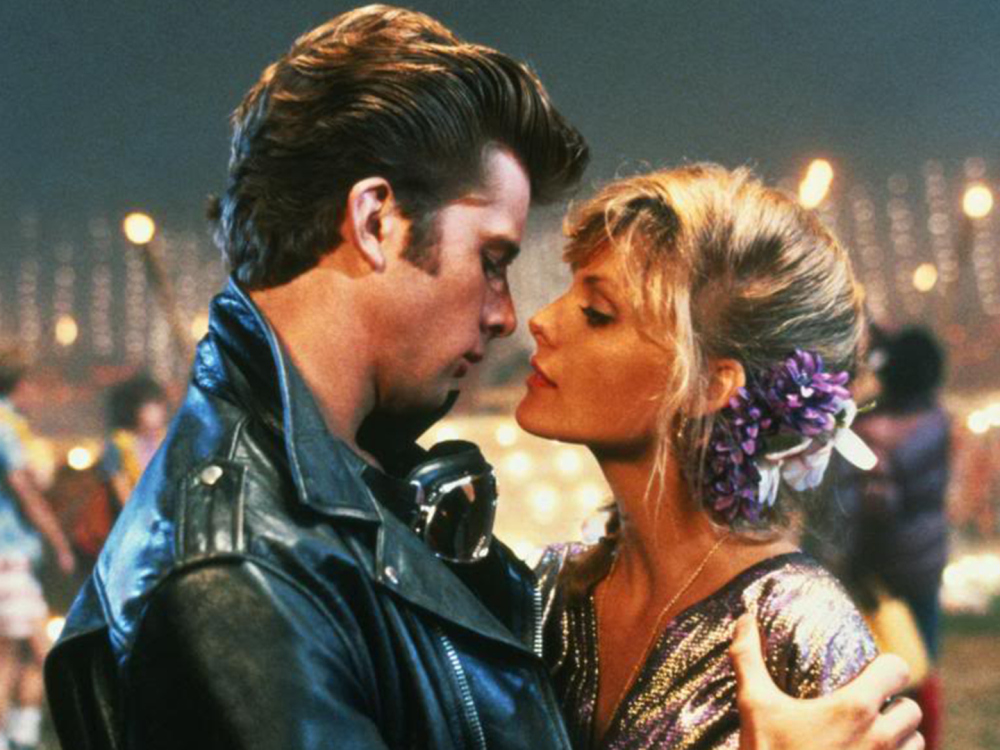
Grease 2 never had a chance. The only returning cast members were non-factors in the original, and the story tries so hard to connect with its source material that it winds up hampering any interest it could’ve had otherwise. A few years have passed since audiences last rocked with Rydell High School, and in that time a new crop of T-Birds and Pink Ladies have sprung up.
One of which, the ultra-cool Stephanie Zinone (Michelle Pfeiffer), is playing hard to get with tough guy Johnny Nogerelli (Adrian Zmed). But things change when Michael Carrington (Maxwell Caulfield), the cousin of Sandy Olsson, arrives and starts making a play for the sharp tongued Stephanie.
Continuing any further with the plot would be unkind to the reader; it’s a mess, pure and simple. The fact that Carrington eventually dons a pseudo-Zorro mask and romances Stephanie by night is a development that’s tough to sit through without cracking up. As the nerdy Aussie or the Marlon Brando man of her dreams, Caulfield is about as engaging as a wet sock. The only palatable thing about the film is the lovely Michelle Pfeiffer, whose young talent is evident even in this muck of a story.
The musical numbers are embarrassing in a variety of ways, with such creative topics as bowling and “scoring tonight.” And if that’s not enough, bowling nuns and talks of reproduction will definitely fulfill any desires for lowbrow and unmemorable song-and-dance sequences. By comparison, the tunes of the original are practically Shakespearean in content.
Grease 2 has been a punching bag since the day it came out, but there really isn’t much to defend from a project that so blatantly tried to milk the atmosphere of its original. The filmmakers either misunderstood or ignored the fact that Grease is memorable for its great characters, not its kitschy rock & roll gloss. They clearly didn’t care about protecting their rep.
Defining Terrible Moment: The first appearance of Carrington’s alter ego Cool Rider. It’s at this point that a terrible film reaches previously untapped levels of masked stupidity.
6. Another 48 Hrs. (1990)
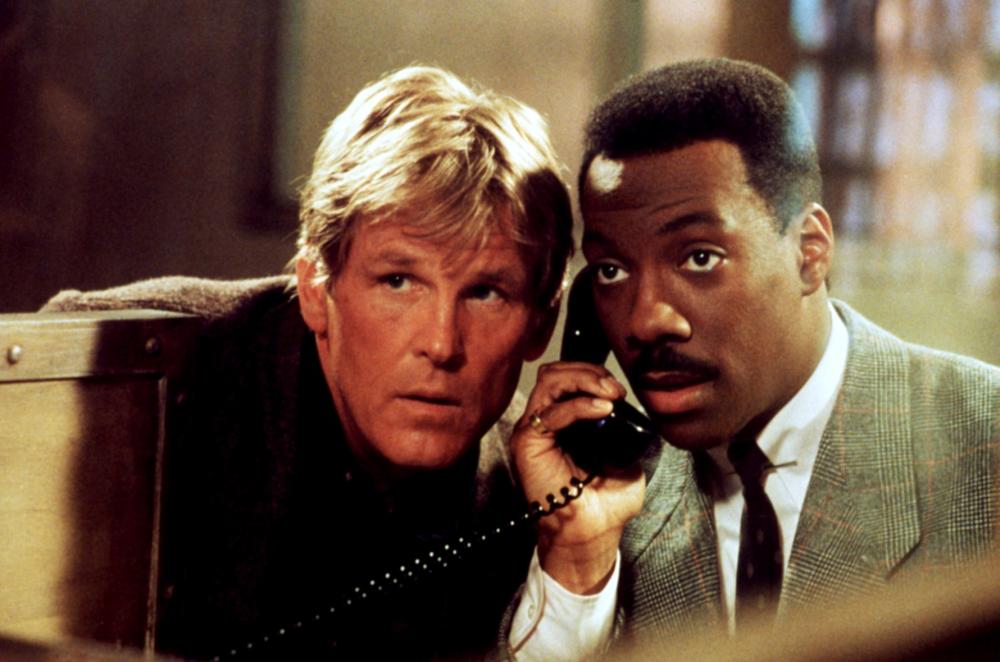
48 Hrs. (1982) is the classic action comedy that introduced the world to superstar Eddie Murphy, solidifying both his box office draw and the allure of the buddy-cop genre. As the brainchild of writer/director Walter Hill, it was a film that packed in witty banter and wicked brutality, paving the way for franchises like Beverly Hills Cop, Lethal Weapon, and Rush Hour. And while each aforementioned series would go on to sport respectable follow-ups, Another 48 Hrs. stands tall as one of the most unimaginatively bad sequels in history.
With Walter Hill once again taking the reins (presumably under a pretty paycheck), the film finds San Francisco cop Jack Cates (Nick Nolte) on the trail of Richard Ganz (Andrew Divoff), the brother of the baddie from the first film. Convict Reggie Hammond (Murphy) also gets sprung from prison around this time, drawing the vengeful brother out of hiding and into the streets for yet another rollicking adventure of bullets and belly laughs. Except, in the case of this extremely appropriate title,
Another 48 Hrs. is quite literally a copy of the original. Every punchline, every punch, and every plot development is so identical to its source material that it views like some sort of alternate universe reboot. Nolte and Murphy yawn through their previously iconic parts, setting the stage for one of the most jaw-droppingly lazy endings in movie history.
Ganz takes Hammond hostage at gunpoint, and despite his hick threats, Cates takes careful aim and blows the brotherly bad guy away – exactly how the first 48 Hrs. comes to a close. It’s unclear what Walter Hill was thinking when he wrote this in, but in any account, it easily takes the cake as the low point in his underrated career. More than any other entry on this list, the audacity of this unoriginal film deserves some special place in the canon of movie slander. The boys are back in town, but it would’ve been better had they stayed away.
Defining Terrible Moment: Not to beat the proverbial dead horse, but the climactic shoot-out between Hammond, Cates, and Ganz. The imitating is so shameless that it almost provokes a perverse thrill.